
academic.oup.com/biolinnean/a...
Fantastic research led by @kellywuthrich.bsky.social

academic.oup.com/biolinnean/a...
Fantastic research led by @kellywuthrich.bsky.social
Read the paper here: www.pnas.org/doi/10.1073/...

Read the paper here: www.pnas.org/doi/10.1073/...
doi.org/10.1093/evle...
Now in @evolletters.bsky.social by Pranav Sriramulu et al.
📷: Gilles San Martin
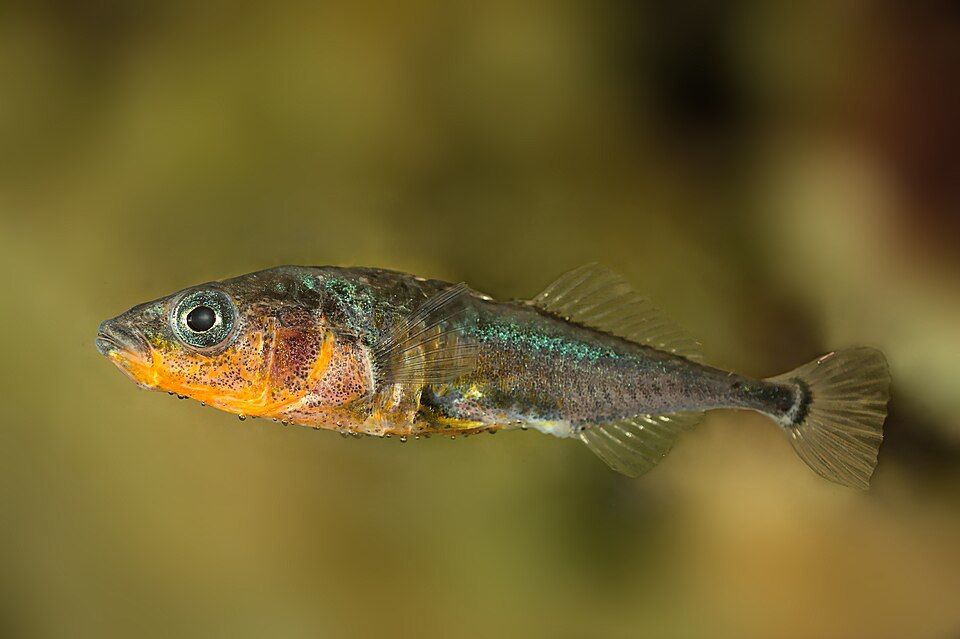
doi.org/10.1093/evle...
Now in @evolletters.bsky.social by Pranav Sriramulu et al.
📷: Gilles San Martin
📸: Screenshot from trailer

📸: Screenshot from trailer
Find out how a simple dust cloth might revolutionize airborne eDNA monitoring 🧬 🌍 🧪
buff.ly/BhIKcKq
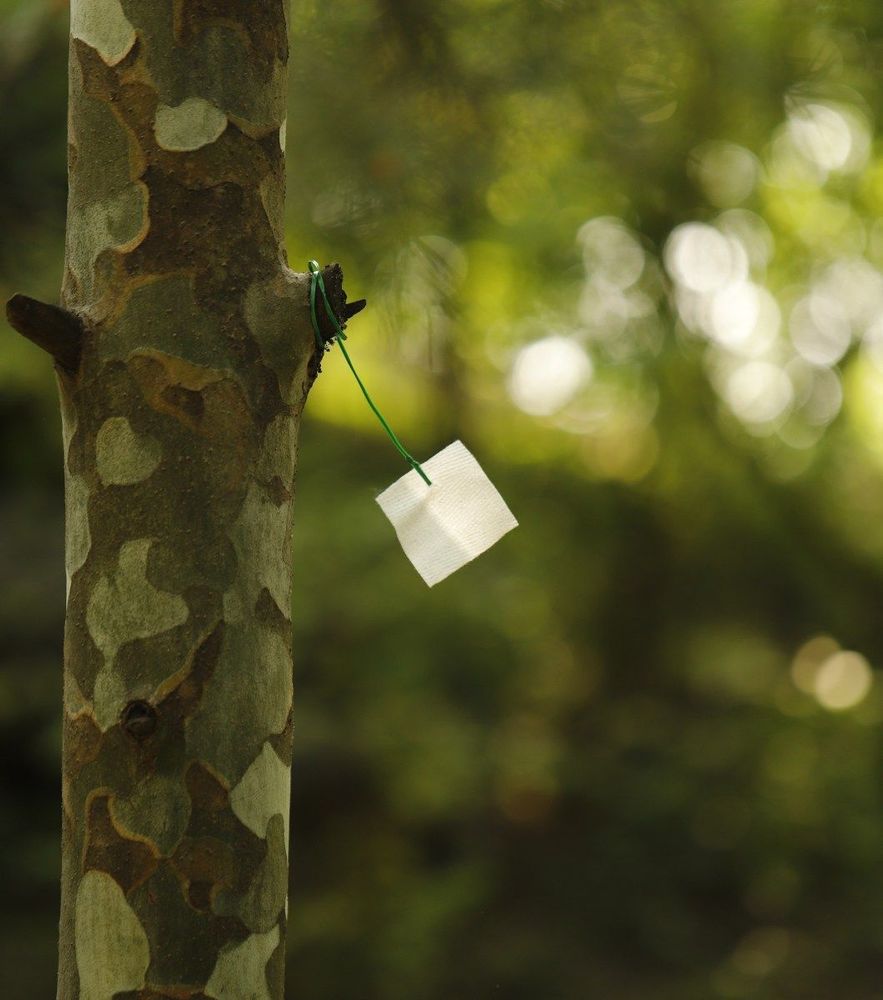
Find out how a simple dust cloth might revolutionize airborne eDNA monitoring 🧬 🌍 🧪
buff.ly/BhIKcKq
@skypeascientist.bsky.social matches scientists with classrooms, libraries, & more for virtual Q&As! It's easy and fun!
We are looking for 750 more volunteers by 8/15
If you're down to chat with 1-5 classrooms this semester, sign up here
www.skypeascientist.com/sign-up.html

@skypeascientist.bsky.social matches scientists with classrooms, libraries, & more for virtual Q&As! It's easy and fun!
We are looking for 750 more volunteers by 8/15
If you're down to chat with 1-5 classrooms this semester, sign up here
www.skypeascientist.com/sign-up.html
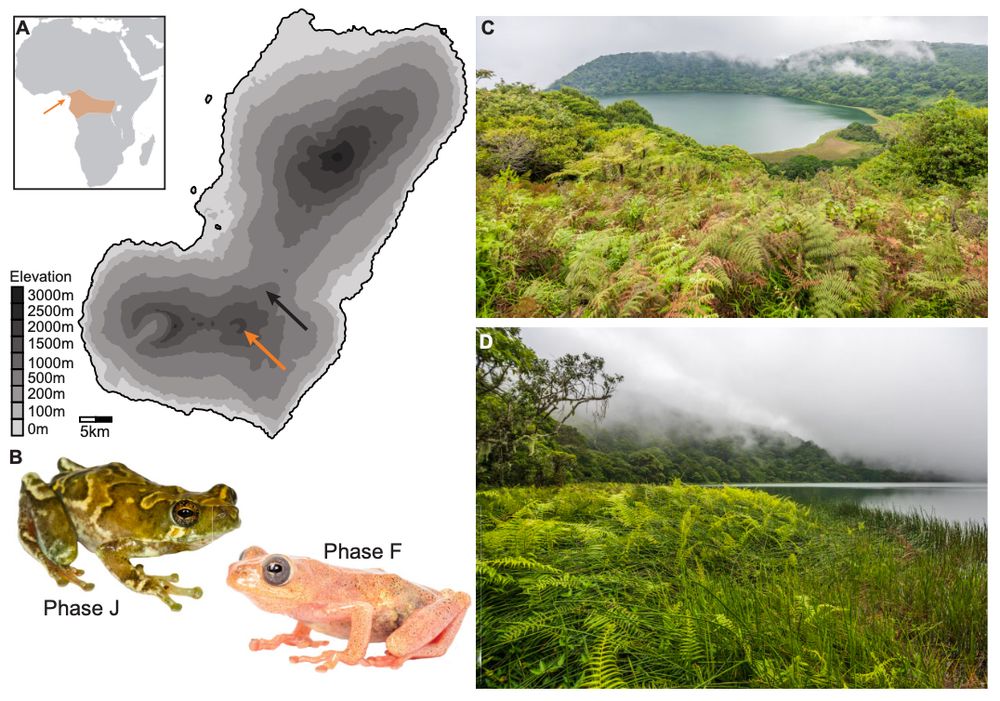
In our new paper we explore key processes - such as evolution, movement & biotic interactions - metrics, & how to conserve them
doi.org/10.1073/pnas...
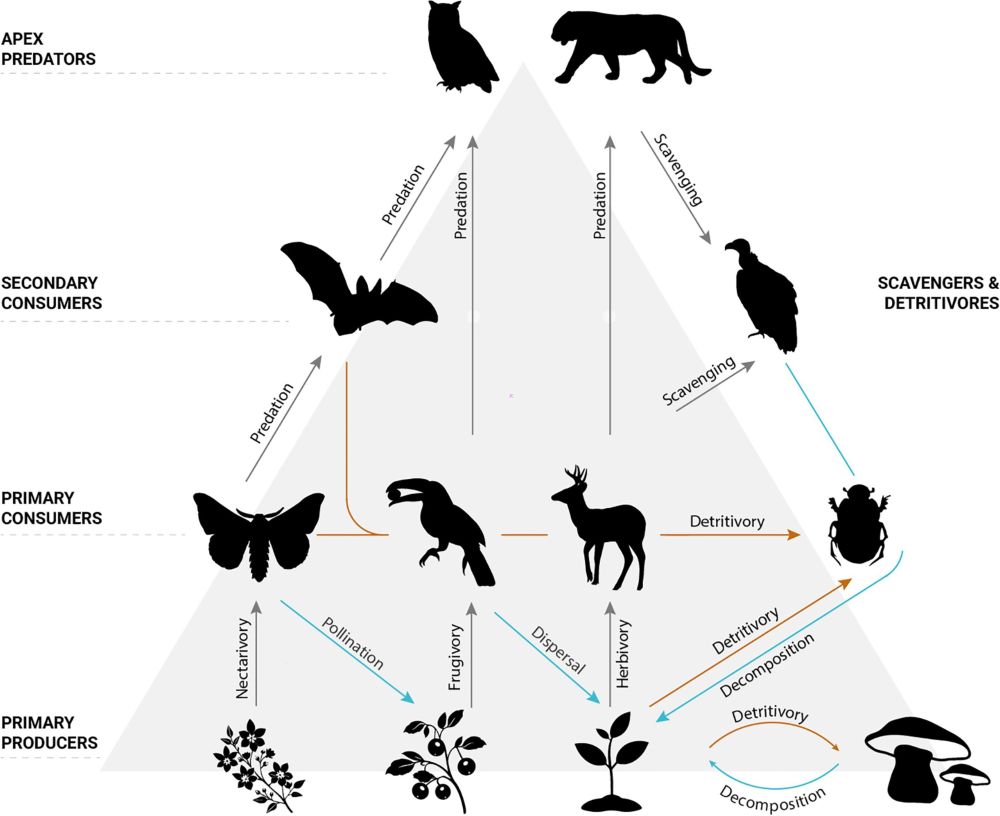
In our new paper we explore key processes - such as evolution, movement & biotic interactions - metrics, & how to conserve them
doi.org/10.1073/pnas...
www.nature.com/articles/s41...

www.nature.com/articles/s41...
📅 Nov 24–28, 2025 | 📍 Mendoza, Argentina
In-person course for Latin Americans starting with genomic data analysis.
📝 Pre-registration open
🔗 biodiversitygenomicslatam.weebly.com
@joanameier.bsky.social @evoargentina.bsky.social
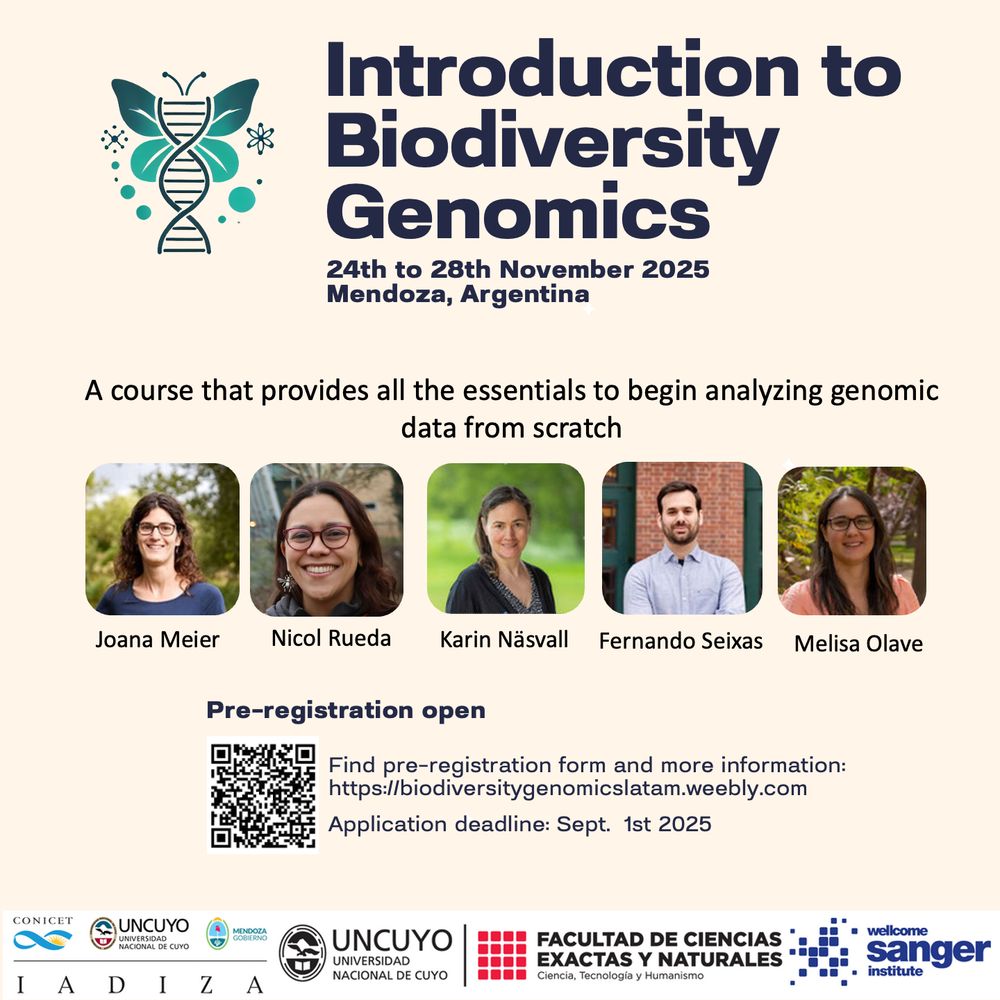
📅 Nov 24–28, 2025 | 📍 Mendoza, Argentina
In-person course for Latin Americans starting with genomic data analysis.
📝 Pre-registration open
🔗 biodiversitygenomicslatam.weebly.com
@joanameier.bsky.social @evoargentina.bsky.social
www.pnas.org/doi/abs/10.1...
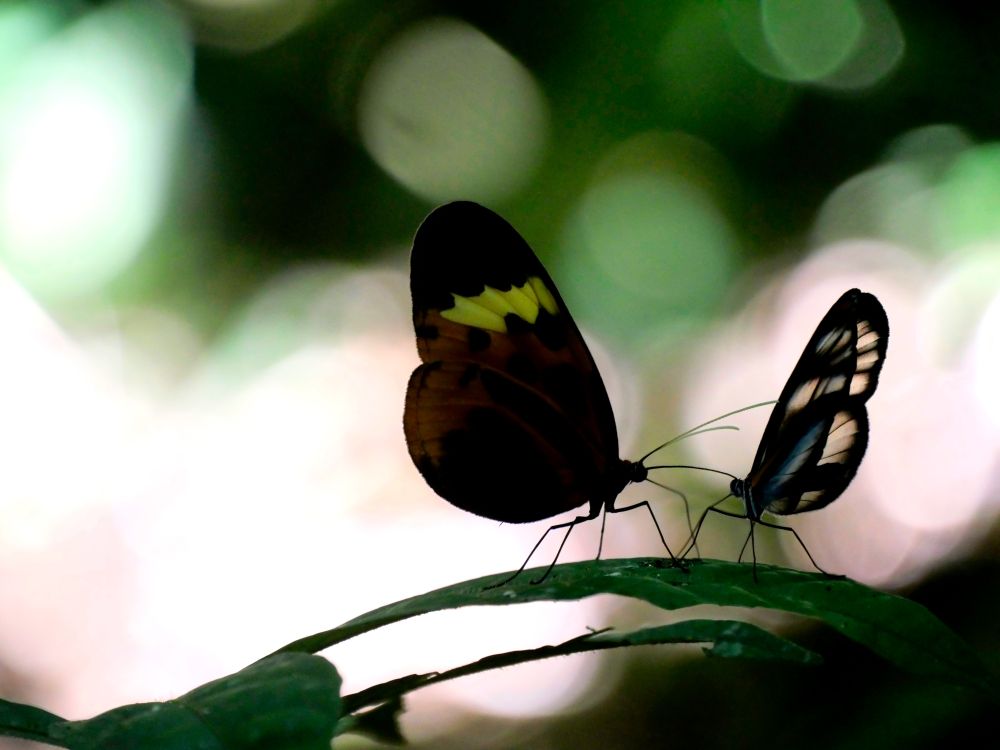
www.pnas.org/doi/abs/10.1...
Thanks for your support! 😇
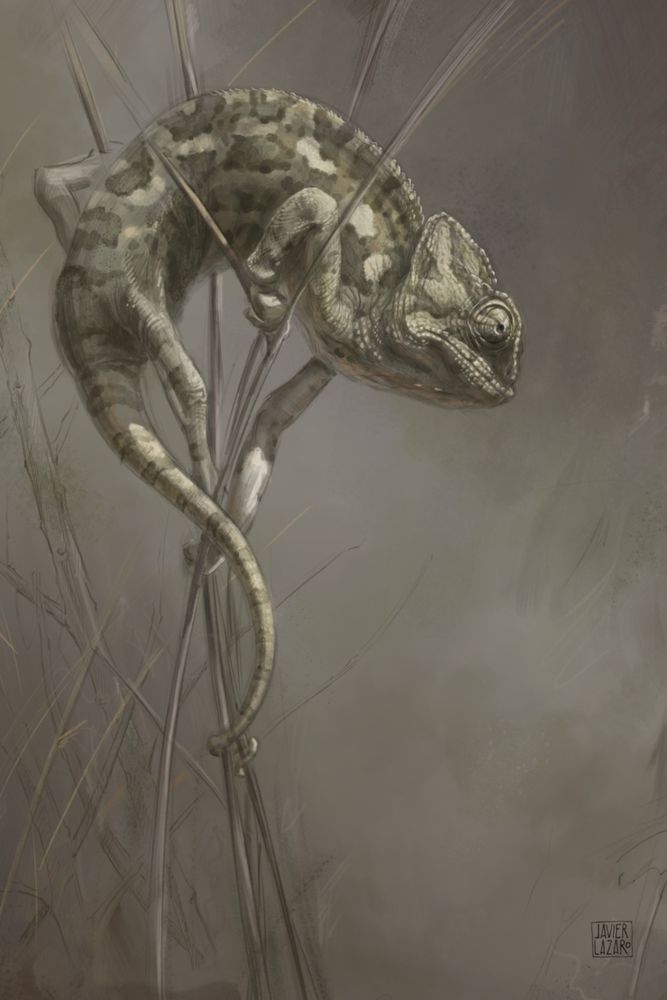

www.sciencedirect.com/science/arti...
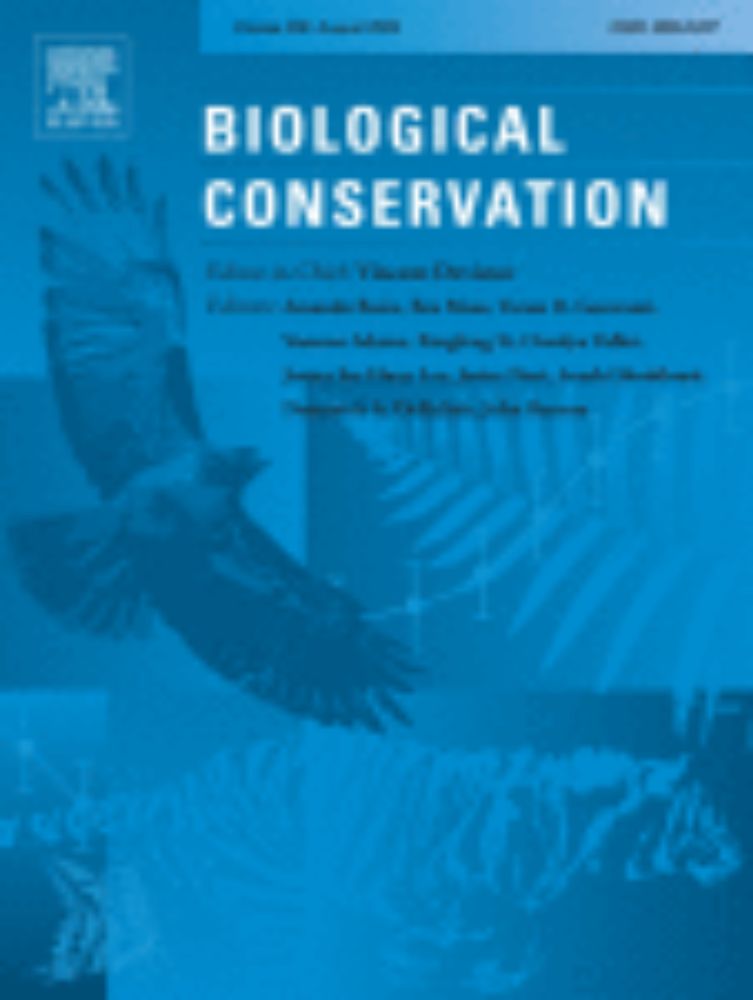
www.sciencedirect.com/science/arti...
iobopen.com/2025/06/30/m...
IOB coauthor of
Heat-Induced Hatching: Clarifying Effects of Hydration and Heating Rate on #Behavioral #Thermal Tolerance of Red-Eyed #Treefrog Embryos
Estefany Caroline Guevara-Molina et al
doi.org/10.1093/iob/...
#science #bio
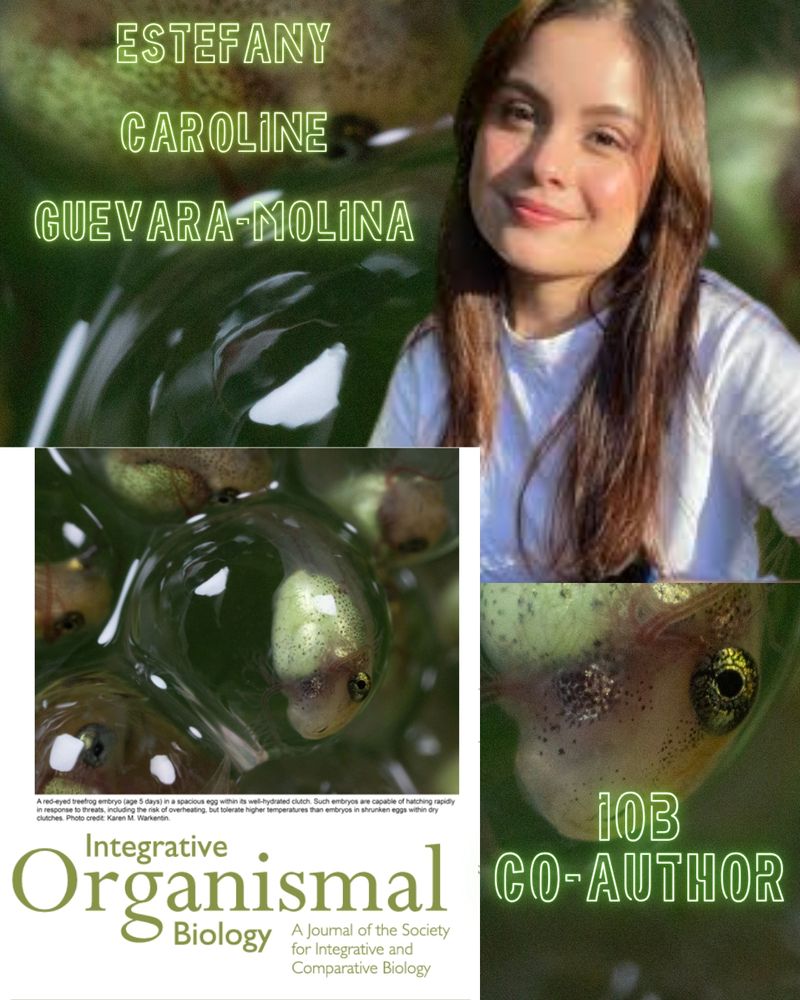
iobopen.com/2025/06/30/m...
IOB coauthor of
Heat-Induced Hatching: Clarifying Effects of Hydration and Heating Rate on #Behavioral #Thermal Tolerance of Red-Eyed #Treefrog Embryos
Estefany Caroline Guevara-Molina et al
doi.org/10.1093/iob/...
#science #bio
Mauro, Velotta , @cam-g.bsky.social
doi.org/10.1093/icb/...
#ecology #biology #physiology #osmoregulation #environment #evolution
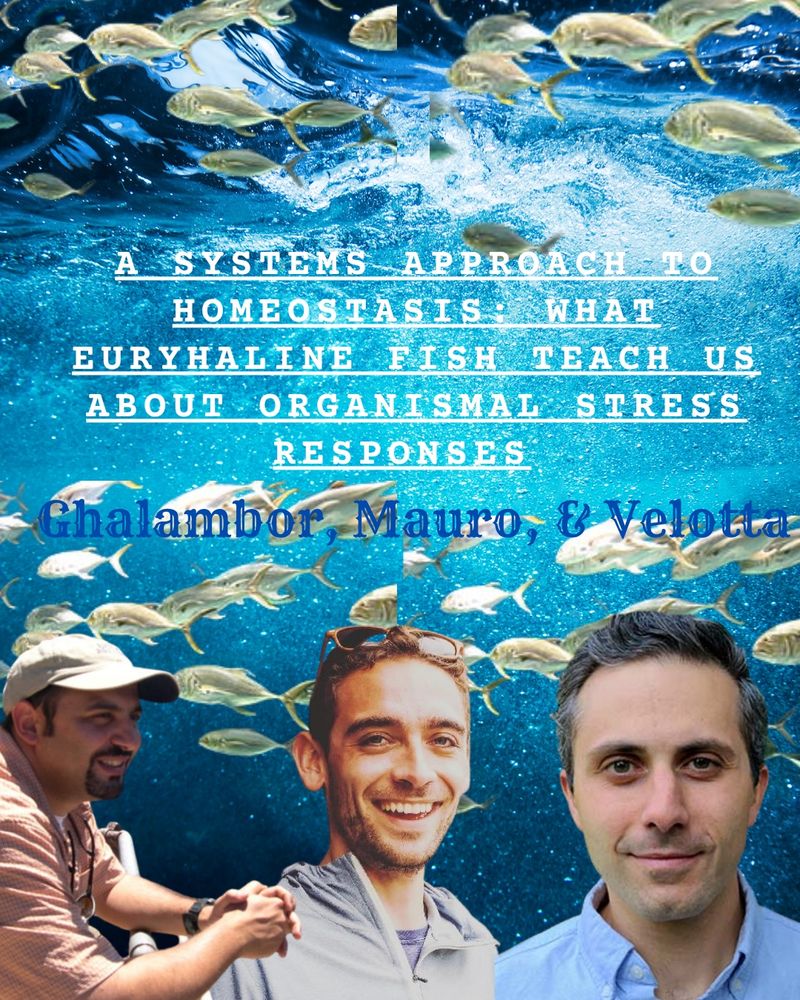
Mauro, Velotta , @cam-g.bsky.social
doi.org/10.1093/icb/...
#ecology #biology #physiology #osmoregulation #environment #evolution
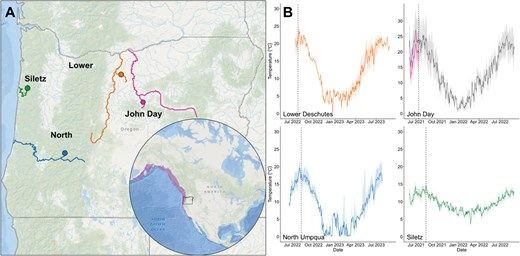

Dear members:
The tri-societies (ASN, SSE,SSB) are running a ‘Week of Action for NSF’. Your engagement is crucial.

Dear members:
The tri-societies (ASN, SSE,SSB) are running a ‘Week of Action for NSF’. Your engagement is crucial.
www.spencer.org/grant_types/...

www.spencer.org/grant_types/...


